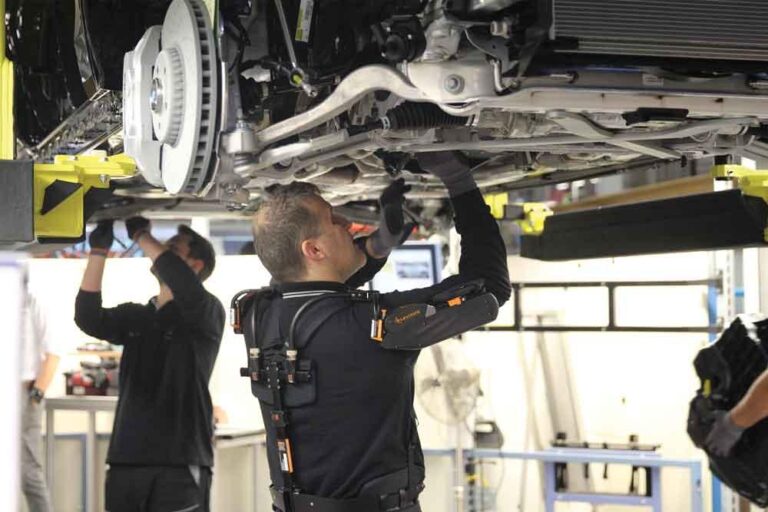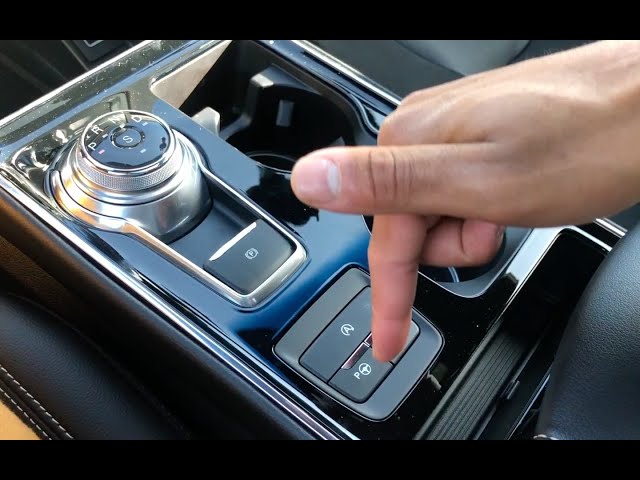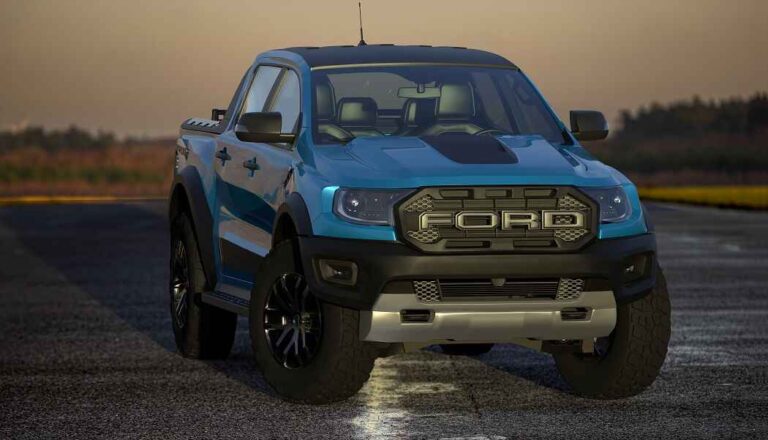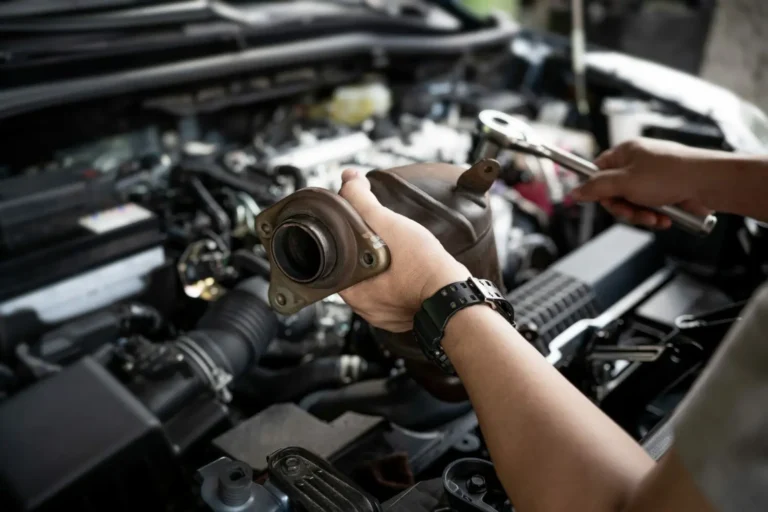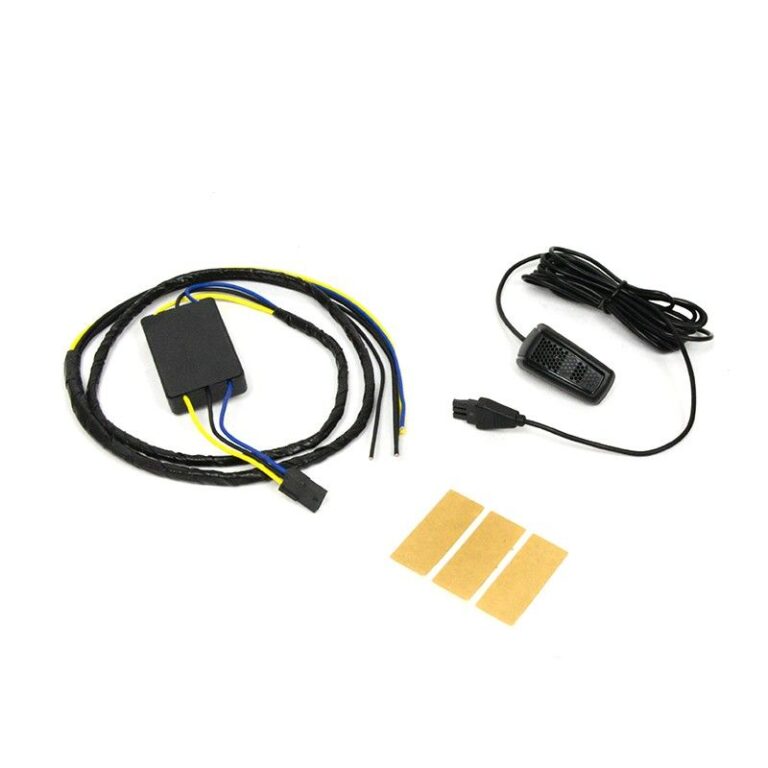What year are the interchangeable Ford Focus parts?
Knowing which Ford Focus parts are interchangeable can be helpful when repairing or upgrading your car. Parts compatibility often depends on the car’s generation, as models within the same generation typically share many components. For example, the first generation (2000–2007) and third generation (2012–2018) have interchangeable parts within their respective years.
Ford Focus parts are often interchangeable between model years within the same generation. For example, 2000–2007 (first generation), 2008–2011 (second generation), and 2012–2018 (third generation). Always check part compatibility based on your car’s year, model, and trim to ensure a proper fit.
In this article we will discuss”What year ford focus parts are interchangeable”.
Table of Contents
Overview of Ford Focus Generations

First Generation (1998–2004)
The first-generation Ford Focus (1998–2004) includes models with shared designs and parts. Many components like engines, transmissions, and body parts are interchangeable within these years. However, always confirm compatibility based on your specific model and trim before purchasing replacement parts to ensure the best fit.
Also read: Can You Put E85 in a Ford Fusion? Complete Guide !
Second Generation (2005–2011)
The second-generation Ford Focus (2005–2011) features models with many shared parts, including engines, transmissions, and interior components. These parts are often interchangeable within this range. Always check your car’s year, model, and trim to ensure the replacement part is compatible and fits correctly.
Third Generation (2012–2018)
The third-generation Ford Focus (2012–2018) includes models with many interchangeable parts like engines, transmissions, and electronics. These parts are compatible within this range, but always confirm with your car’s year, model, and trim to ensure the replacement part fits correctly.
Fourth Generation (2019–Present)
The fourth-generation Ford Focus (2019–present) has updated designs and technology. Many parts are interchangeable within this range, including engines, electronics, and body components. However, always check compatibility based on your car’s exact year, model, and trim to ensure the replacement part fits and works properly.
Interchangeable Parts Between Generations
Interchangeable parts between Ford Focus generations are limited due to design changes. Some basic components like nuts, bolts, and standard fittings may work, but major parts like engines or body panels often differ. Always confirm compatibility by checking your car’s generation, year, and model before replacing any parts.
First to Second Generation Compatibility
Common Parts That Work
Interchangeable parts between Ford Focus generations are limited due to design changes. Some basic components like nuts, bolts, and standard fittings may work, but major parts like engines or body panels often differ. Always confirm compatibility by checking your car’s generation, year, and model before replacing any parts.
Differences to Watch Out For
Differences to watch out for in Ford Focus parts include changes in engine types, body styles, and electronic systems between generations. Even small updates within the same generation can affect compatibility. Always match the part to your car’s exact year, model, and trim to avoid fitting issues.
Second to Third Generation Compatibility
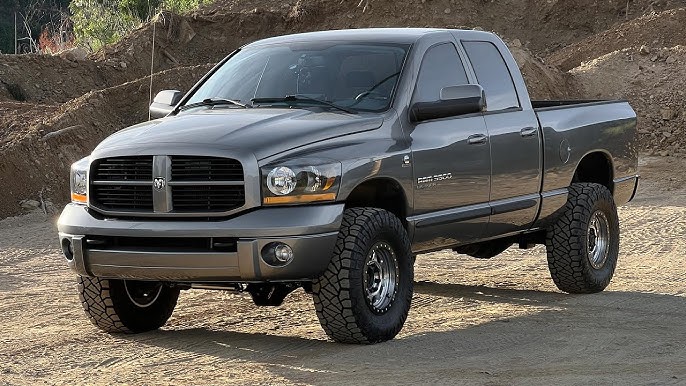
Overview of Compatibility
An overview of Ford Focus compatibility shows that many parts can be shared within the same generation but may not fit across different ones due to design changes. Always confirm part compatibility based on your car’s year, model, and trim to ensure proper fit and function when replacing or upgrading parts.
Also read : How Much Does It Cost to Paint a Ford Ranger ?ULTIMATE GUIDE 2024 !
Parts That Can Be Swapped
Parts like tires, batteries, spark plugs, and some basic interior components are often interchangeable across Ford Focus models within the same generation. However, major components like engines and transmissions vary significantly between generations and may not be swapped. Always verify compatibility based on your car’s specific details.
Third to Fourth Generation Compatibility
Differences in Design and Engineering
Differences in design and engineering across Ford Focus generations include variations in body style, engine options, and electronic systems. These changes can affect part compatibility, so it’s important to match parts with your specific car’s year, model, and trim for proper fit and function.
Interchangeable Components
Interchangeable components in Ford Focus models include basic items like tires, batteries, and spark plugs across different years and trims. However, major parts like engines and transmissions vary by generation and may not be compatible. Always check for specific fitment requirements based on your car’s details.
Parts That Are Universally Interchangeable Across Generations
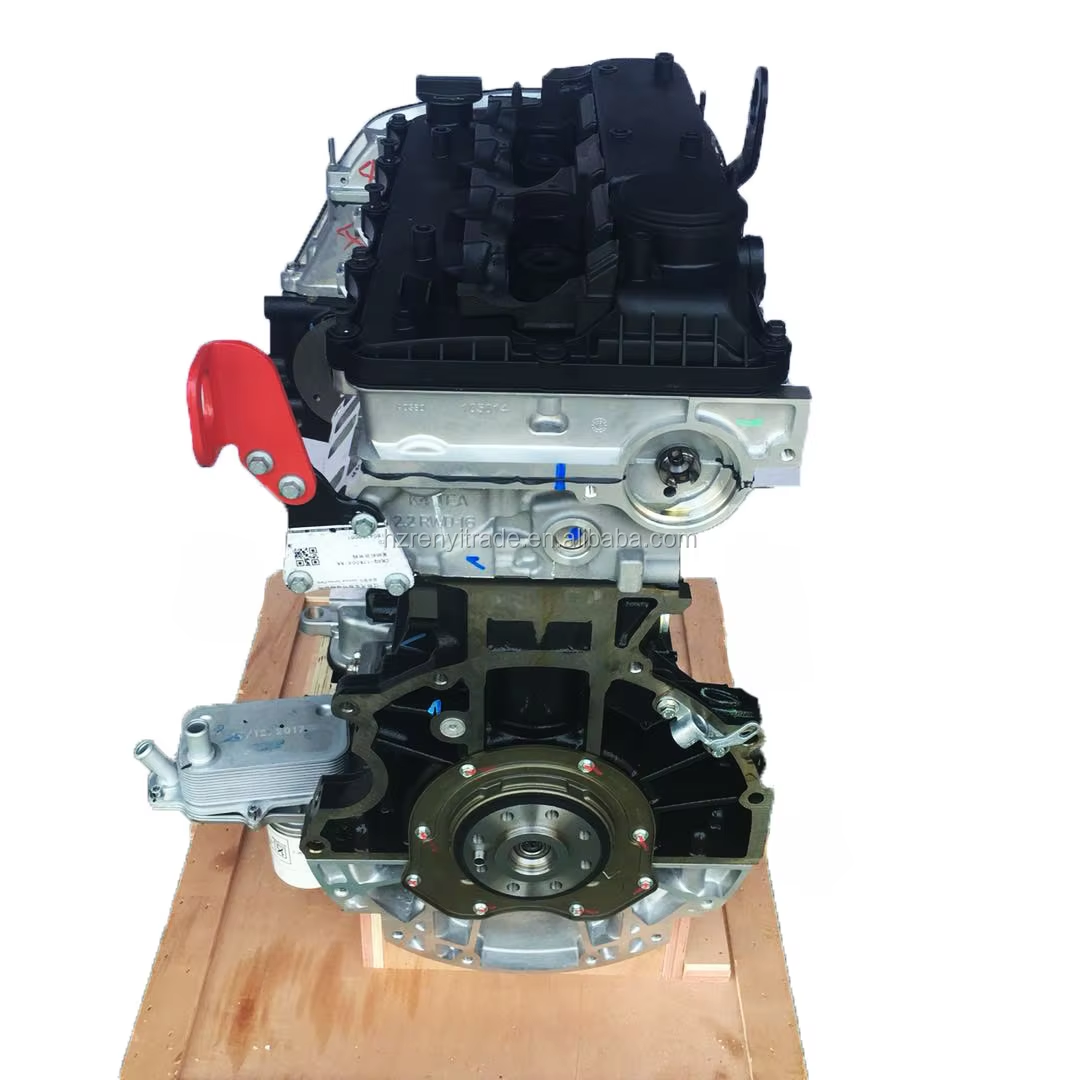
Exterior Components (e.g., Mirrors, Headlights)
Exterior components of a vehicle include parts like mirrors, headlights, and bumpers.These components are necessary for both visibility and safety.. Mirrors help drivers see around them, while headlights allow driving at night. Bumpers protect the car from damage. These features are important for the car’s overall performance and safety.
Also read : Ford KA Overheating and Heater Not Working–Ultimate Guide 2024!
Interior Parts (e.g., Seats, Dashboard Elements)
Controls, dashboard components, and seats are examples of interior car components. Seats provide comfort for passengers, while the dashboard shows important information like speed and fuel level. These parts are designed to make driving easier and more comfortable for everyone in the vehicle.
Engine and Transmission Parts
Engine and transmission parts are key to a car’s movement. The engine powers the car, while the transmission helps control speed and direction. Together, these parts make the car run smoothly, providing power and control for the driver.
Parts That Are Typically Not Interchangeable
Structural Components (e.g., Chassis)
Structural components, like the chassis, form the main framework of a car.The car’s chassis offers strength and stability by supporting and holding its components together. It ensures the car is safe and able to handle the pressure of driving.
Body Panels and Frames
Body panels and frames are important parts of a car’s outer structure. Body panels include the doors, hood, and roof, while the frame holds everything together. These parts protect the car’s interior, give it shape, and provide strength to handle impacts and keep passengers safe.
Advanced Electronics and Sensors
Advanced electronics and sensors in cars help improve safety and performance. Sensors monitor things like speed, temperature, and distance, while electronics control features like navigation, entertainment, and safety systems. These technologies make driving easier, safer, and more efficient by providing real-time information and automatic responses.
Benefits of Knowing Interchangeable Parts
Cost Savings on Repairs and Upgrades
Cost savings on repairs and upgrades happen when you maintain your vehicle well. Regular care, like changing oil and checking parts, helps avoid expensive problems. Upgrading certain parts instead of replacing everything can also lower costs and extend the life of your vehicle, saving money in the long run.
Easier Access to Used and Affordable Parts
Easier access to used and affordable parts makes car repairs more budget-friendly. Many online stores, local shops, and salvage yards offer good-quality second-hand parts. Buying these parts can save money while still ensuring your vehicle stays in good working condition. It’s a smart option for cost savings.
Enhanced DIY Capabilities
Enhanced DIY capabilities mean that car owners can easily fix or upgrade their vehicles on their own. With the right tools and guides, you can perform basic repairs like changing oil, replacing filters, or fixing lights, saving money on labor costs and learning more about how your car works.
How to Identify If a Part Is Interchangeable
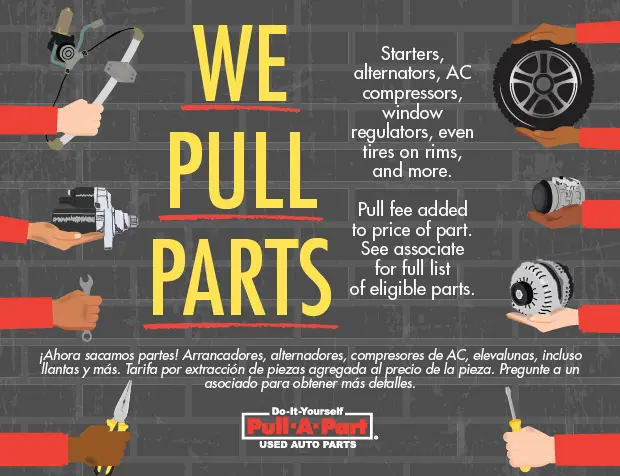
Checking Part Numbers and Specifications
Checking part numbers and specifications is important to ensure you buy the correct parts for your car. Each part has a unique number and specific details, like size or material. Verifying these before purchase helps avoid mistakes, ensures proper fit, and ensures the part works well with your vehicle.
Using Online Databases and Tools
Using online databases and tools can help you find the right car parts quickly. Many websites offer search options where you can enter your car’s make, model, and year to find compatible parts. These tools also provide important details like part numbers, prices, and customer reviews, making it easier to make informed decisions.
Consulting with Professional Mechanics
Consulting with professional mechanics is helpful when you’re unsure about car repairs or parts. They have the knowledge to identify problems and recommend the best solutions. Mechanics can also guide you in choosing the right parts and offer advice on maintenance, helping you save time, money, and avoid mistakes.
Conclusion
In conclusion Knowing which Ford Focus parts are interchangeable can save time and money when repairing or upgrading your car. Parts often fit within the same generation, but it’s important to check the year, model, and trim for compatibility to ensure proper installation and function.
FAQs
Can I use a 2008 Ford Focus part on a 2012 model?
Using a 2008 Ford Focus part on a 2012 model may not work, as parts can change between years. It’s best to check part numbers and specifications to ensure compatibility before using them.
Are all Ford Focus wheels interchangeable?
Not all Ford Focus wheels are interchangeable. Wheel sizes, bolt patterns, and other specifications can vary by year and model. It’s important to check the part numbers and specifications to ensure proper fit.
Which years of Ford Focus share the same transmission?
The Ford Focus models from 2008 to 2011 often share the same transmission, a 5-speed manual or 4-speed automatic. Some 2012-2018 models also use similar transmissions with slight updates.
How can I be sure that a part will fit my specific model?
To be sure a part fits your model, check the part number, confirm the make and year of your vehicle, and compare it with the specifications provided by the manufacturer or seller.
Is it safe to mix parts from different generations?
Mixing parts from different generations is generally not recommended. Parts may have different designs, sizes, or technology, which could affect safety, performance, and compatibility with your vehicle. Always check compatibility first.
